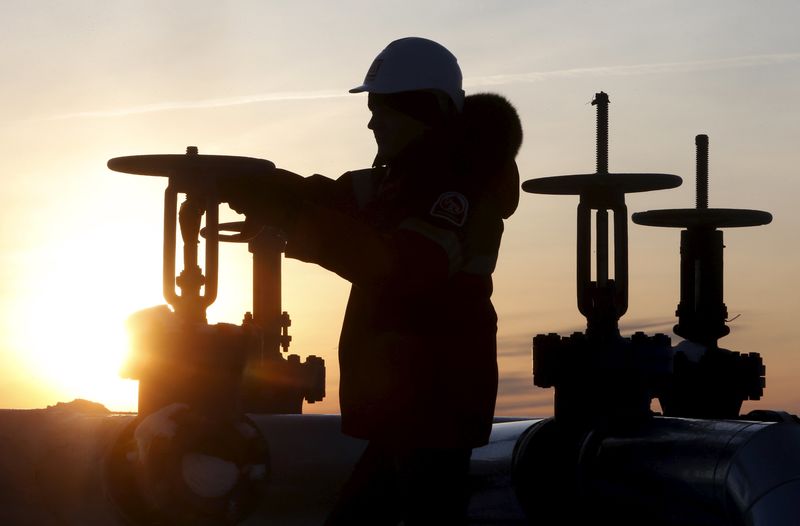By Nia Williams
CALGARY, Alberta, Aug 9 (Reuters) - Disused oil and gas wells dotting Canada's energy heartland may bear fruit for Alberta's farmers under a proposal to use waste heat from the idle facilities to allow crops to grow, even in the country's harsh winter conditions.
Provincial legislator Shaye Anderson wants the Alberta government to allow an old well to be converted to geothermal energy to heat an 8,000 square-foot greenhouse. Currently the wells can only be used for extracting hydrocarbons.
The Living Energy Project pilot could help tackle the issue of Alberta's 78,000 disused wells and provide jobs for thousands of unemployed oilfield services workers, laid off as a result of the two-year slump in global crude prices. accepted, the plan would mark the first time in Canada that disused wells have been used as a tool in agriculture. In the United States, there are two projects in Wyoming and one in North Dakota where oil wells are used for power generation.
"There are thousands of wells in Alberta that are just sitting there," said Anderson, who formally submitted the proposal on Monday. "Instead of saying we need federal money to clean them up, we can use them for other purposes."
Alberta Energy Minister Marg McCuaig-Boyd said in an emailed statement the province will consider the plan as it implements its climate plan, which features renewables such as geothermal.
The pilot project will centre on a former oilfield water disposal well in Leduc, central Alberta, which has been inactive for more than five years.
Provided the government gives the green light, renewable company Sundial Energy Ltd will insert polyethylene pipe, used in high-pressure plumbing, down the wellbore's steel casing to a depth of more than 1 kilometre, where temperatures are 70-80 degrees Fahrenheit (21-27 degrees Celsius).
A fluid containing water blended with methanol and a pump conditioner, to prevent freezing and rusting, is pumped on a continuous closed loop between the bottom of the well and the surface, where the heat is extracted.
The closed loop means the fluid does not come into contact with hydrocarbons underground or produce on the surface.
Nick Wilson, director of the Living Energy Project, said abandoning a disused well can cost up to C$300,000, while converting it to geothermal and putting a greenhouse on top would be less than half that.
He sees potential for the energy and agriculture industries to work together, with farmers splitting the capital expenditure with an oil company that is facing the cost of abandoning a well.
"Alberta definitely has a severe problem when it comes to abandoned wells," said Greenpeace campaigner Mike Hudema. "It's good that MLAs (provincial legislators) are looking at creative suggestions for how to deal with it."
